The Modeling Industry: What Photographers Need to Know
![]()
I think it’s fair to say that most photographers will, at some point in their career, have to work with models at least once—whether you’re a still life shooter that photographs models’ hands holding a fork full of food a couple of times a year or an e-commerce shooter that works with models every single day.
We all need to know how to contact a model, book a model, and what to expect when working with a model.
But working with models in our current industry isn’t just for professional photographers anymore. The digital age of photography has meant that the barrier to entry is now almost non-existent meaning that more people than ever before are picking up a camera and getting into photography and more specifically model photography. And why not? After all if you have a creative project in mind but you don’t have a creative director or producer to help organize and facilitate it then how should you go about making that project a reality?
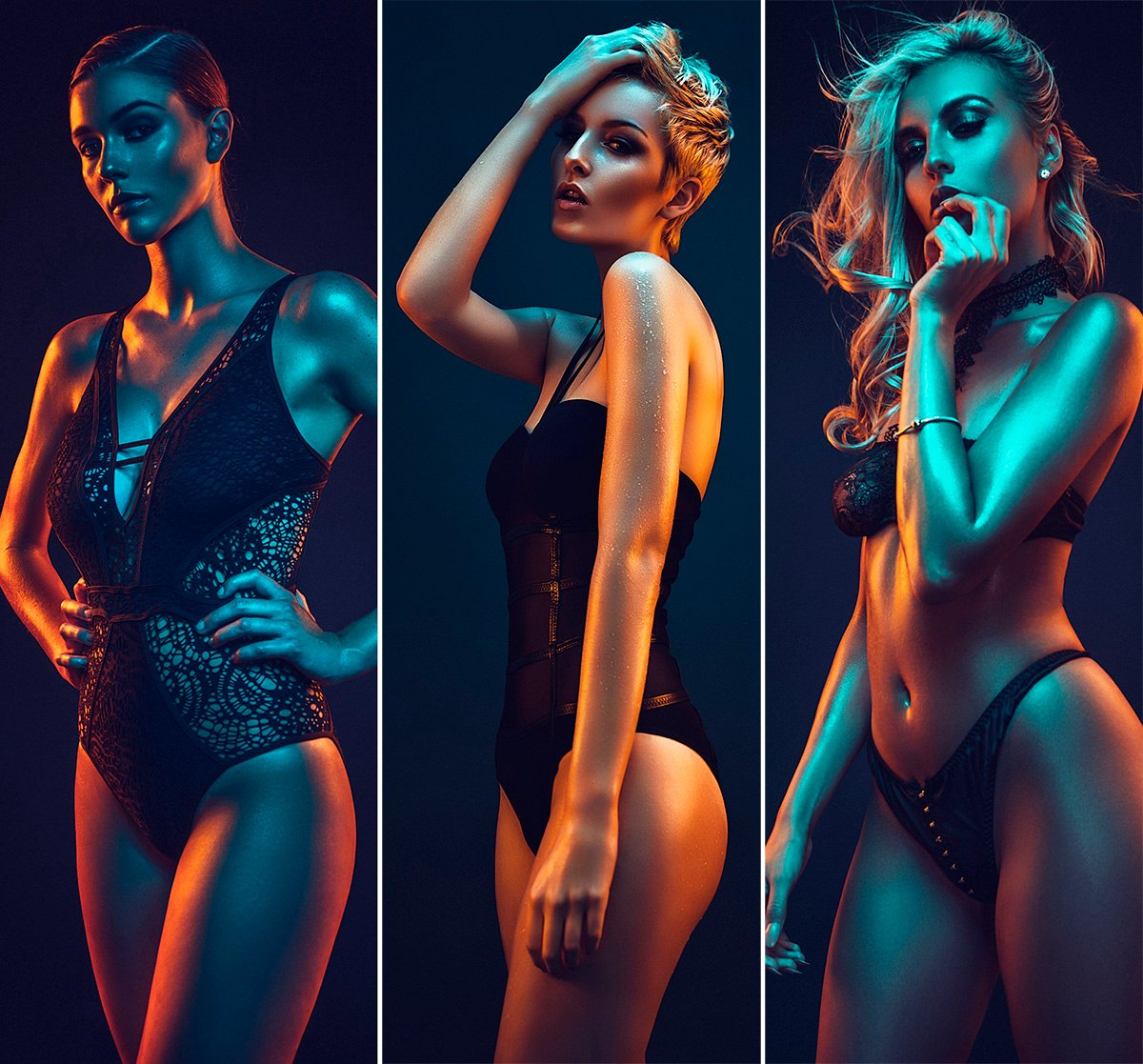
With this new influx of photographers, there has also been a huge increase in the number of models in the industry as well. Long gone are the days where the only way to hire a model was through a modeling agency.
One of the key elements of any project may well require a model, so if you’re new to the world of model photography and are unsure on how to a find a model but also the best model for your shoot, let’s take a look at how the modeling industry is divided.
Before we wade in with a bunch of links and “magic-bullets” let’s first get a little more understanding of the modeling world as a whole. I think it’s a good idea to not only understand our own photographic industry and how it works but theirs as well as they are both perpetually entwined and one cannot exist without the other.
The Model Pyramid
A little knowledge can be a powerful thing so looking in the right place for the right model for your project to begin with can often ensure a smooth and productive shoot for both model and photographer.
To best explain the model world as I see it, I’m going to lay out the modeling industry in a pyramid so that we can see how the different genres or levels of models stack against one another.
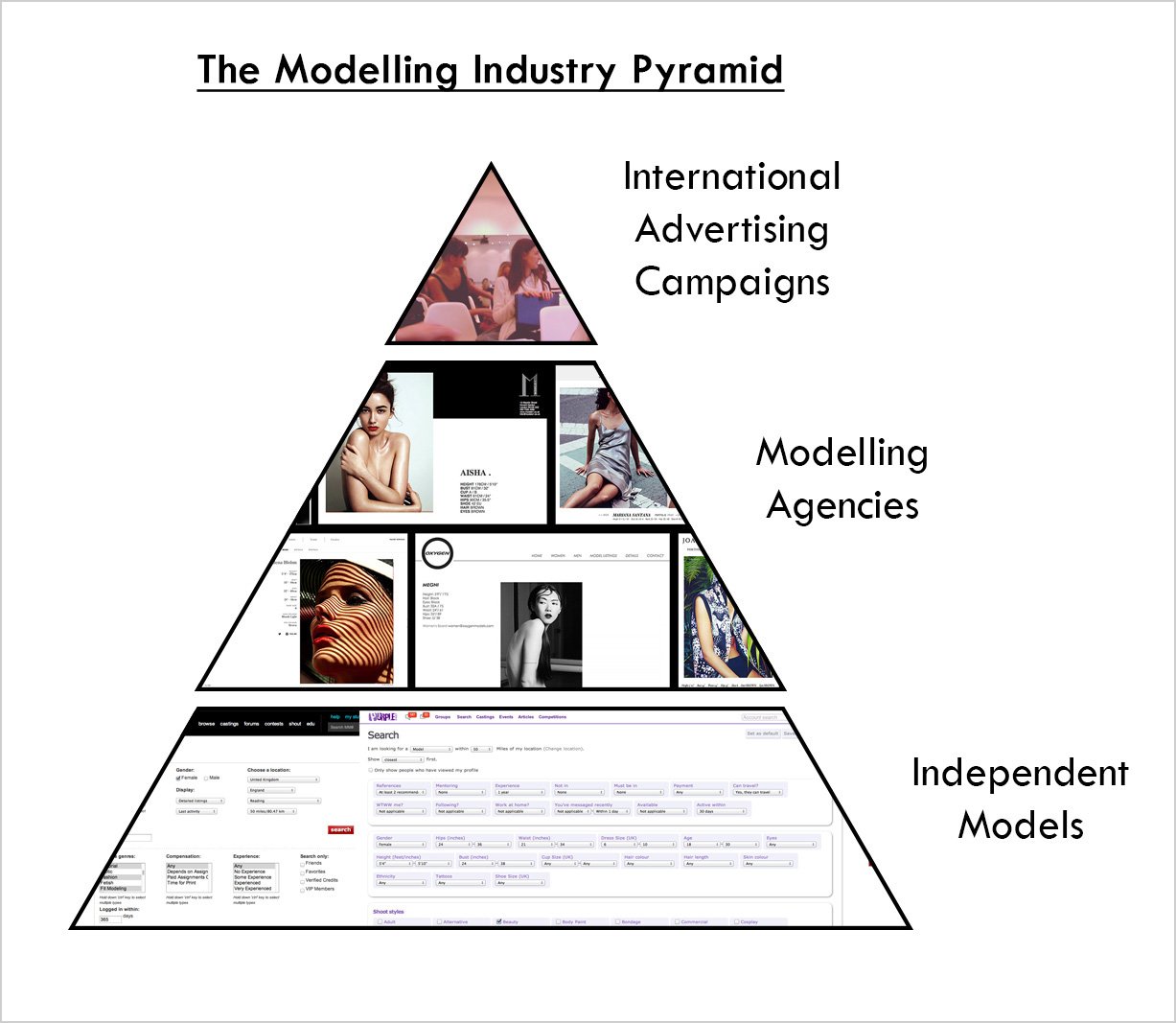
I think that it’s important to point out at this stage that just because a certain type model is higher up this pyramid it certainly doesn’t always translate to “better” or more “successful,” there is merely the right model for the right job just as there is the right photographer for the right job.
At the top we have the major advertising campaigns, the photographers that are involved in shooting these usually have models that have been chosen either by themselves or the client via an ‘in-person’ casting in one of the major cites.
Below that we have the standard modeling agency models. Although modeling agencies provide models to the in-person castings as well, I have separated this group to illustrate some core differences.
And at the base of this pyramid we have the newest and largest demographic which is the ever growing market of independently represented models.
International Advertising Campaigns and Catwalks
At the very top of the model pyramid we have the big commercial clients organizing and booking their models through “in-person” castings.
This has been happening the same way for a very long time and on a lot of these big-budget shoots there will be an incredibly thorough model casting process. Sometimes that client is looking for the next new “face” for their brand and that next new face is found through these in-person castings.
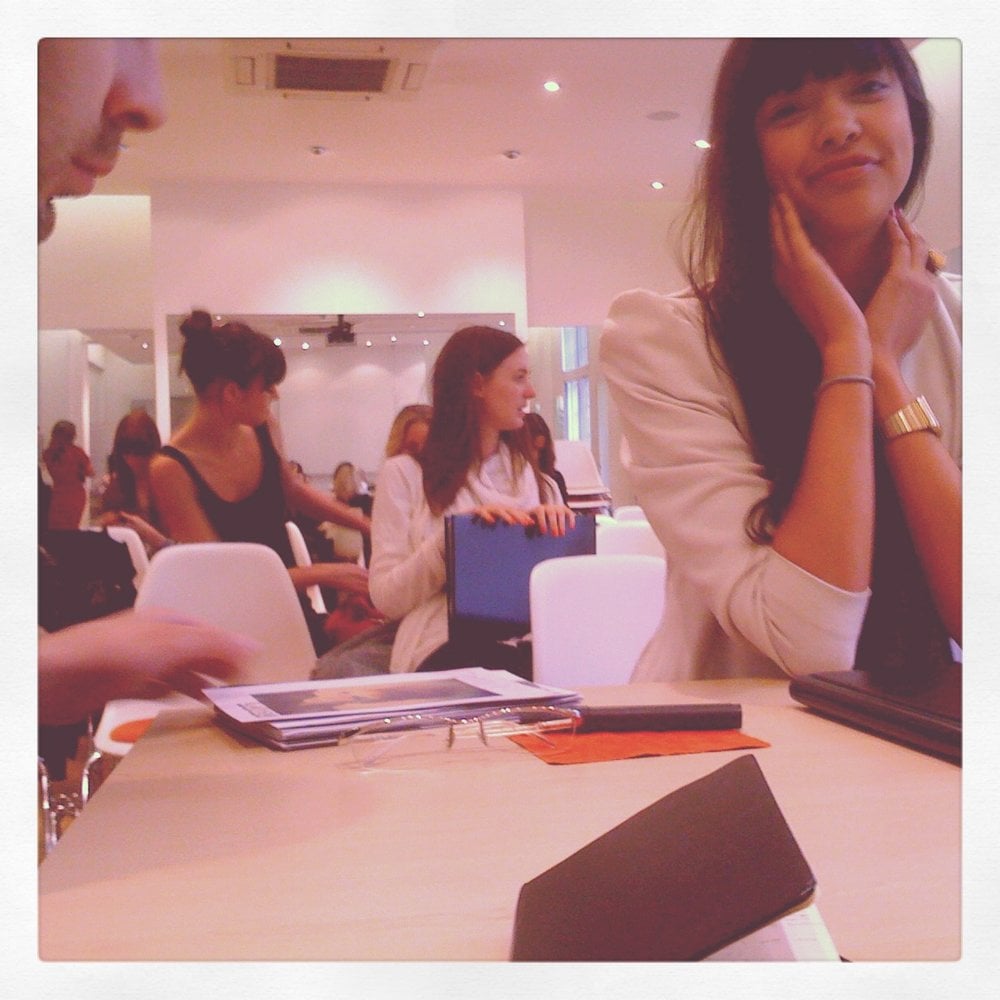
Models that attend these castings are nearly always from reputable agencies, so although I cover modeling agencies in general a little later, I have singled this demographic out at the top for a couple of reasons.
Firstly, these in-person castings only tend to happen in the big cities like London, New York, Paris etc. so although a model might be agency signed and very busy, she may never attend one of these events purely based on her location.
Secondly, even if you are agency signed and you live in a big city you still may never go to one of these in-person castings either. This again is simply down to that model maybe not having a “commercial look”—that model may be very busy in her own right, but due to the commercial nature and big budgets of these campaigns, she may not have the current look an advertising client is after.
It’s also worth noting here that although, to us photographers, catwalks aren’t usually part of our remit, this same group of models and casting process applies to nearly every catwalk event that takes place too.
This in-person casting process can sometimes take days or even weeks until the perfect model is found. The art director, client, or producer will invite models to a chosen location like a studio or office on a specific date and selected modeling agencies will send their girls over that fall under the parameters they’ve been given by their client for the specific project.
It’s worth mentioning here that, quite often, the photographer is not involved at this stage and you may well only be brought in after this casting process has taken place.
On the day of the casting, a constant stream of models will arrive and you will assess whether they are “right” for what you’re after. I’ve been involved with several of these castings with art directors and clients in the past and they aren’t overly nice experiences in my opinion. Yes there are some people in the fashion world that seemingly live for these casting days, but it certainly isn’t something I personally enjoy or look forward to.
You have a huge number of models to see and you have very little time to make your judgement on them. The minuscule amount of time you do get to spend on vetting each model is nothing personal to them, it’s just business and you might see over 100 girls a day so time is painfully limited. As a result, there’s very little chance for the individual model to shine beyond their portfolio and comp-card (more on comp-cards later) and often the art director won’t know what he’s looking for until he sees it.
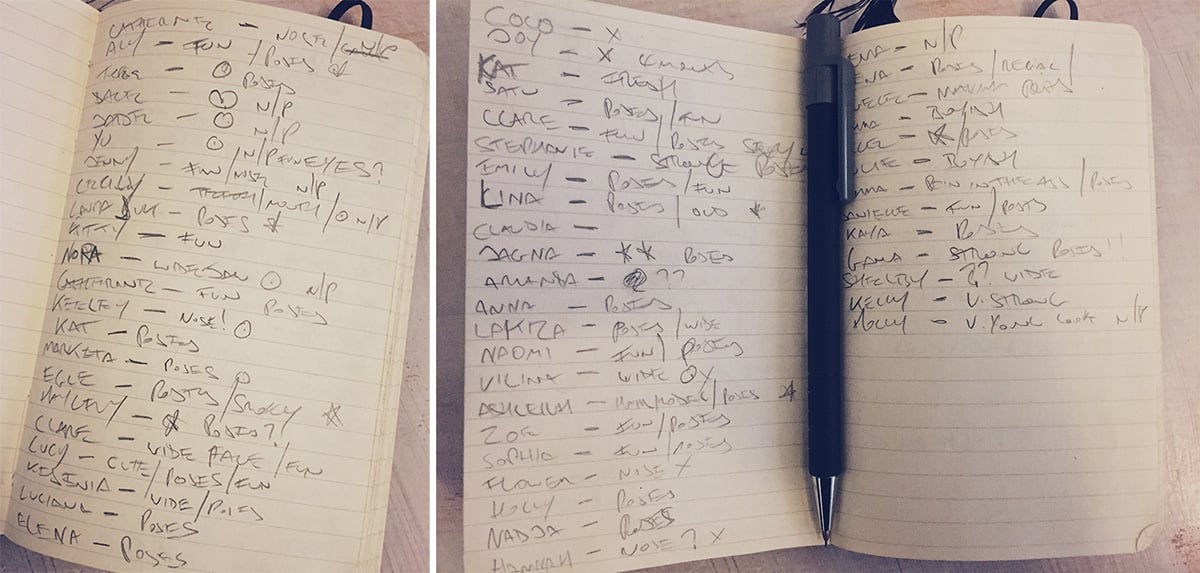
The specific elements you’re looking for may vary from shoot to shoot but here I’m making notes of on whether I think the model can pose or not from looking at her book. As harsh as it may sound I’m also making notes on what I fear may be an issue feature wise with certain head shot poses too and a lot of this is written in shorthand code like you see here with the circles, dots, stars etc. This code means something to me that I might not necessarily want the model to see.
I’m sure every photographer is different, and although I’ve never actually seen another photographer at one of these castings I assume they all have their own way of keeping track of things. Making notes on each of the models comp-cards is another way to go but that can get cumbersome to cart around.
The process works like this. You or the art director will beckon the model forward, she’ll present her comp-card; you skim through her book and then, if they’re even remotely suitable, you take a Polaroid of the model. They aren’t actually Polaroids anymore but it’s a term that is still used. You simply photograph your model against a white wall or sheet with simple lighting for reference.
This is ever more important now as you the photographer or the client have no real idea how much post-production has gone with the comp-card images or in their portfolio. This raw shot that you’ve taken will give you a far better understanding of how the model actually looks when you’re making your final decisions later on.
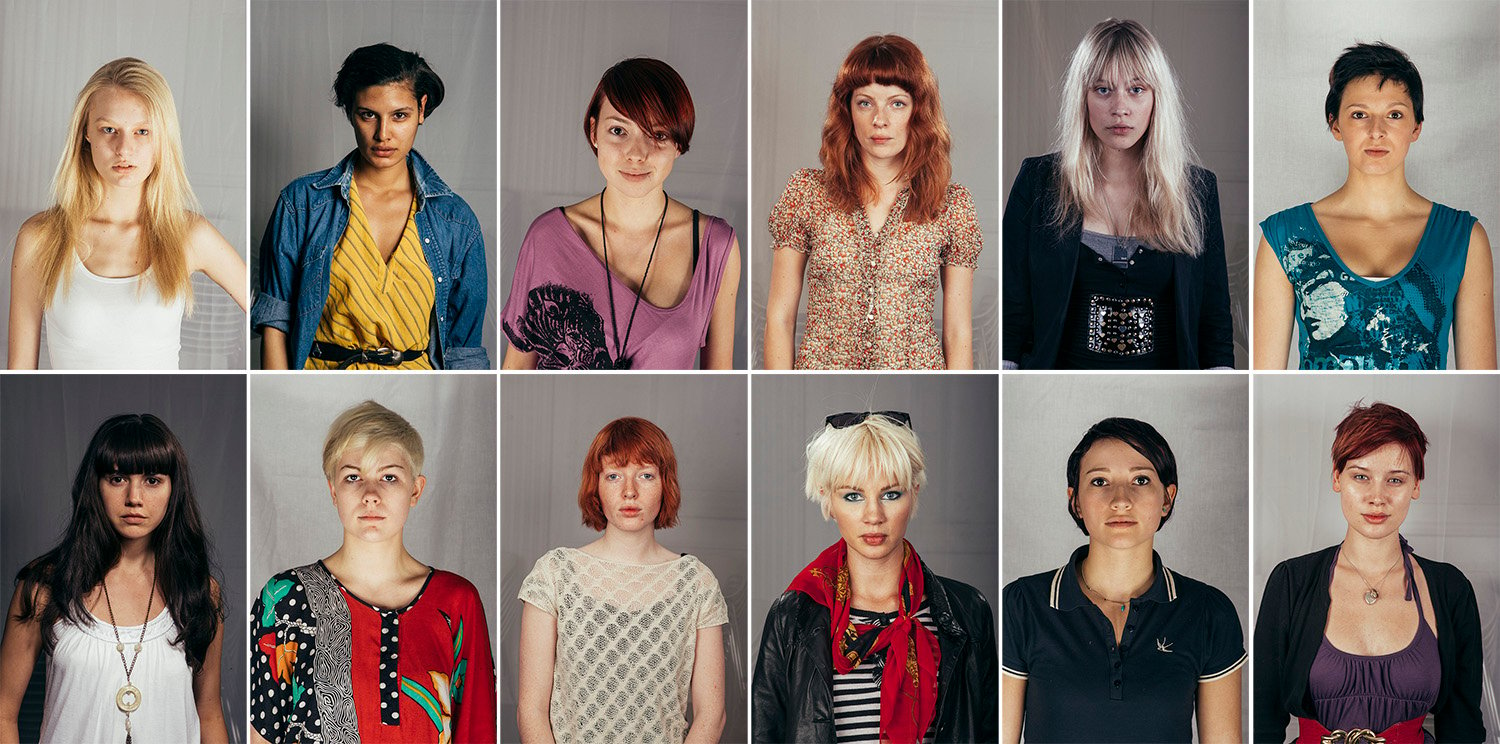
I know for a lot of models that this type of casting is the worst part of the job, and as a rule they only normally happen in the bigger cities. A model might be sent all over London by her agency and do 3 – 5 castings a day, she might have travelled across the entire city, sat patiently for hours waiting to be looked at for 30 seconds with the only word she hears being “next.”
That’s just the way it’s been for a very long time and although it’s a seemingly cold experience it is often the most efficient way of finding the perfect person for your campaign in the shortest time possible.
The Modeling Agency
Below these major ad campaigns, you have the individual shooters and studios that will contact a modeling agency directly to fulfill the needs of smaller shoots.
Although in-person castings still happen on these shoots, they generally don’t have the budgets to personally meet and vet each model before shoot day. These shoots can range from individual adverts, look-books, and even hair competitions and promos. The photographer or art-director will contact the agency ask them for ‘comp cards’ of the models on their books within their desired parameters.
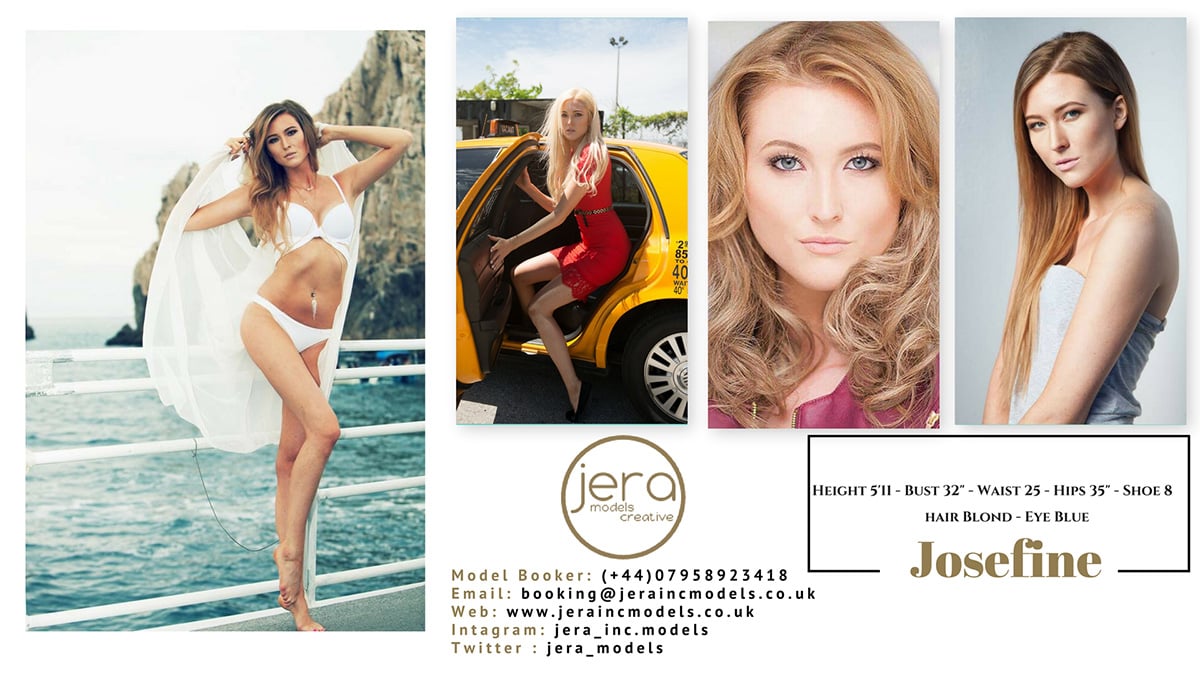
Model comp-cards are generally 5-6 images showing the individual model in a variety of shoots and her physical description. The photographer may ask, ‘please send me comp-cards for all your models that are size 8 at least 5’9″ and with long blonde hair.‘ The agency will then send over the relevant cards and you can then choose the best model for your shoot from those.
This is obviously a simplistic overview of it as photographers will often build a relationship with specific agencies and they’ll generally have a good idea of what you’re after based on your style and the type of work you shoot. For example, they wouldn’t send you a fitness model within your given parameters if you generally shoot lingerie.
In the commercial world, this is probably the largest section of the market and it covers a huge range of jobs from photographers looking to photograph ‘new-faces’ all the way up to incredibly specific and laser focused requirements of other shooters looking for something specific for a beauty campaign.
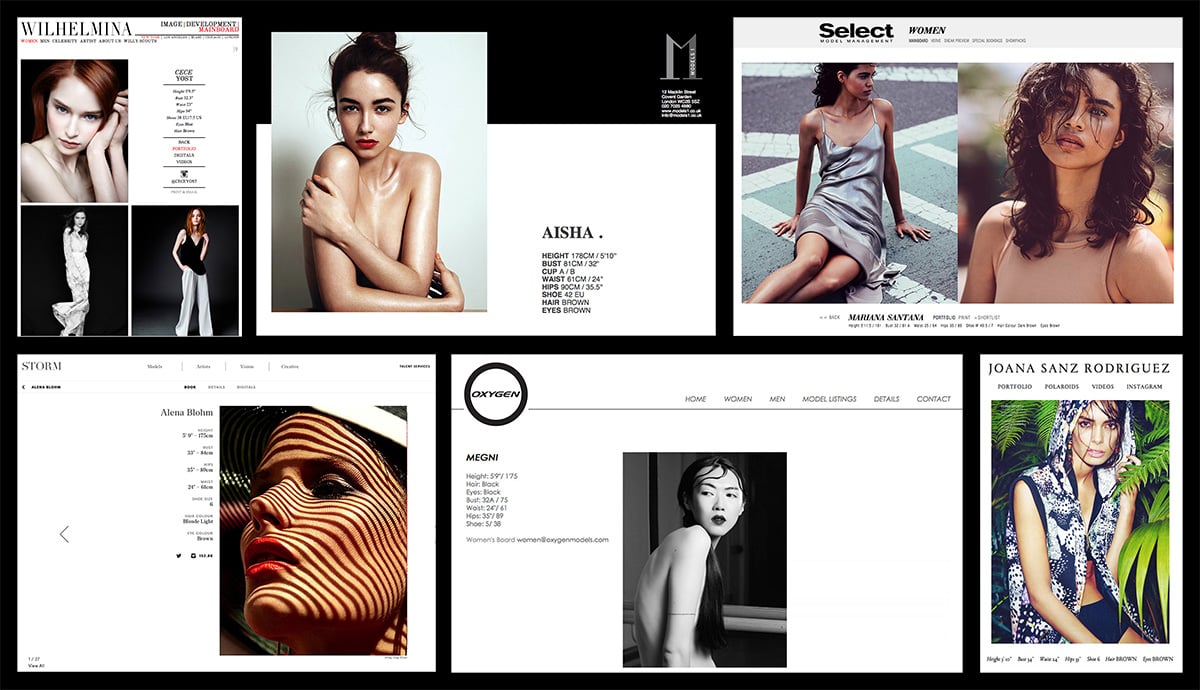
The photographers looking for “new-faces” may be doing lighting tests or working with new team members for the first time, so the models look won’t be as important. They want to essentially “test” with a model that is of an agency standard. A “new-face” is a model that is new to the agency, she may be very young and inexperienced, or she may simply have just been “discovered” and has no images for her comp-card yet.
The model and modeling agency get new and updated images for their comp-card and the photographer gets to test out his lighting or team with a professional model for free. As a result you don’t get a huge amount of choice in these models and it’s generally just the newest girl on the agencies books.
Looking at the complete opposite end of this spectrum you have the photographers who shoot makeup and beauty campaigns who are looking for a very specific look and facial features. Their requirements will often be incredibly stringent down to eye shape and colour, hair length and colour, and face shape and ethnicity. Each of the models submitted by the agency will have to fall under these rigid requirements to even be considered for the job.
Modeling agencies make this process a lot easier, especially if they have a lot of models on their books. You give them the exact thing you’re looking for and they can give you a list of models that fulfill this criteria very quickly without you having to waste days searching for the perfect one yourself.
As our industry gets bigger and bigger, so does the potential for finding the perfect look. As a result more and more modeling agencies are popping up that are in themselves already focused on one niche of the industry. You have agencies that are solely for older models, tattooed models, hair models, etc. so it now makes it even easier for photographers to find exactly what they’re looking for via the modeling agency route.
Models that Represent Themselves
Further down the pyramid of models you have the models that aren’t represented officially by modeling agencies at all. I think it’s this demographic of independent models that has seen the biggest changes in recent years. Before, it used to be seen as being impossible to be a professional model if you weren’t with a reputable modeling agency, but that perception has changed dramatically.
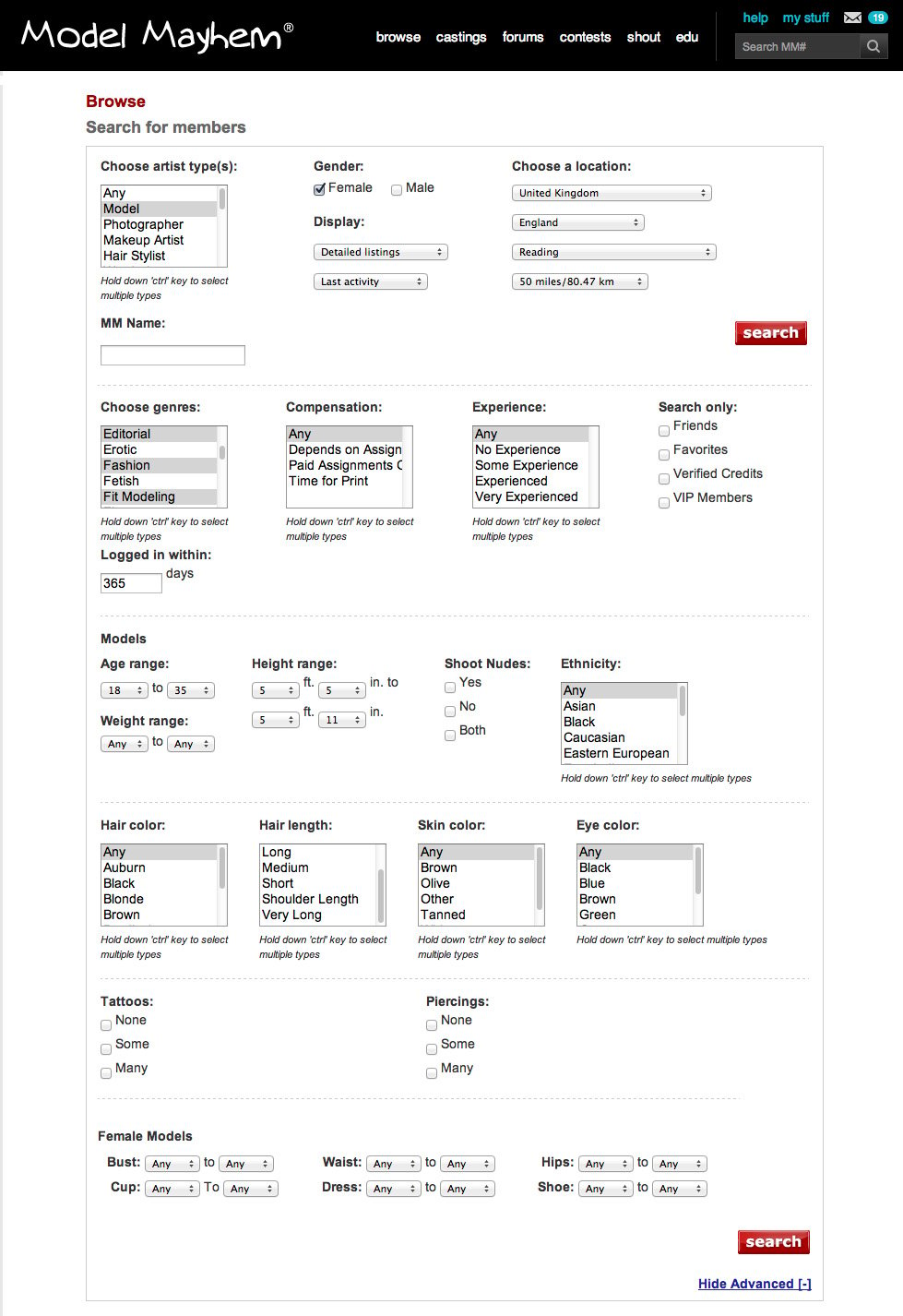
There are now, more than ever, a lot of very successful models out there that are not currently under the wing of a modeling agency and that, in my opinion, is a good thing.
First off, let me clarify what I mean by “successful” as that means different things to different people. When I say successful model, I mean that they are very busy and making a decent income for themselves without the help of an agent. If keeping your own schedule, being your own boss, and making a decent pay packet is what’s important to you as a model, then this is definitely a viable option.
On the other hand, if success to you as a model is being involved in big name ad campaigns no matter the sacrifice to get there, then being a freelance model isn’t the best route for you. Big ad campaigns only get their models from reputable modeling agencies, so don’t expect to be in Prada’s next ad if you’re a freelance model.
Some of these models who represent themselves are models who, for whatever reason, cannot get agency representation.
A lot of the time this is simply down to nothing more than height—a lot of agencies will only even consider a potential female model if she’s between 5’8″ and 5’11”. If you’re outside of that range, it becomes increasing difficult for them to find work for you. This height issue isn’t always the case though so models shouldn’t loose heart and with enough hustle anything is possible. Remember Kate Moss was famously only 5’6″.
So for these models who, through the lottery of birth, can’t get agency represented but still want to model they decide to go it alone and become an independent model.
At the moment there is a huge market for slightly shorter models in hair photography too. Those shoots don’t require a heavy focus on fashion, nor do they require full body shots so there are some incredibly successful shorter models who do incredibly well in the hair scene. I’ve worked on a lot of very big hair shoots where we photographed both agency represented models as well as independent models in the same campaign.
But it’s not only models that can’t get agency representation that are choosing the independent route now. I know of several models who, although they have been approached by agencies, still choose to go it alone. There’s several reasons for this choice and although it may be a little more work it can certainly give them the independence to pick and choose their jobs whilst not having to sacrifice a cut of their pay to the agency.
That said, it takes a lot of work to be a successful independent model at this level. They have to run and maintain a website and, more importantly, a very intense online presence in general. Successful models at this level will be dominating every modern digital portal available to them. They’ll be on nearly all the social media sites with their personal modeling profile, and they will often have model accounts on multiple creative networking platforms like Model Mayhem, Purple Port, etc. where they are advertising their ability.
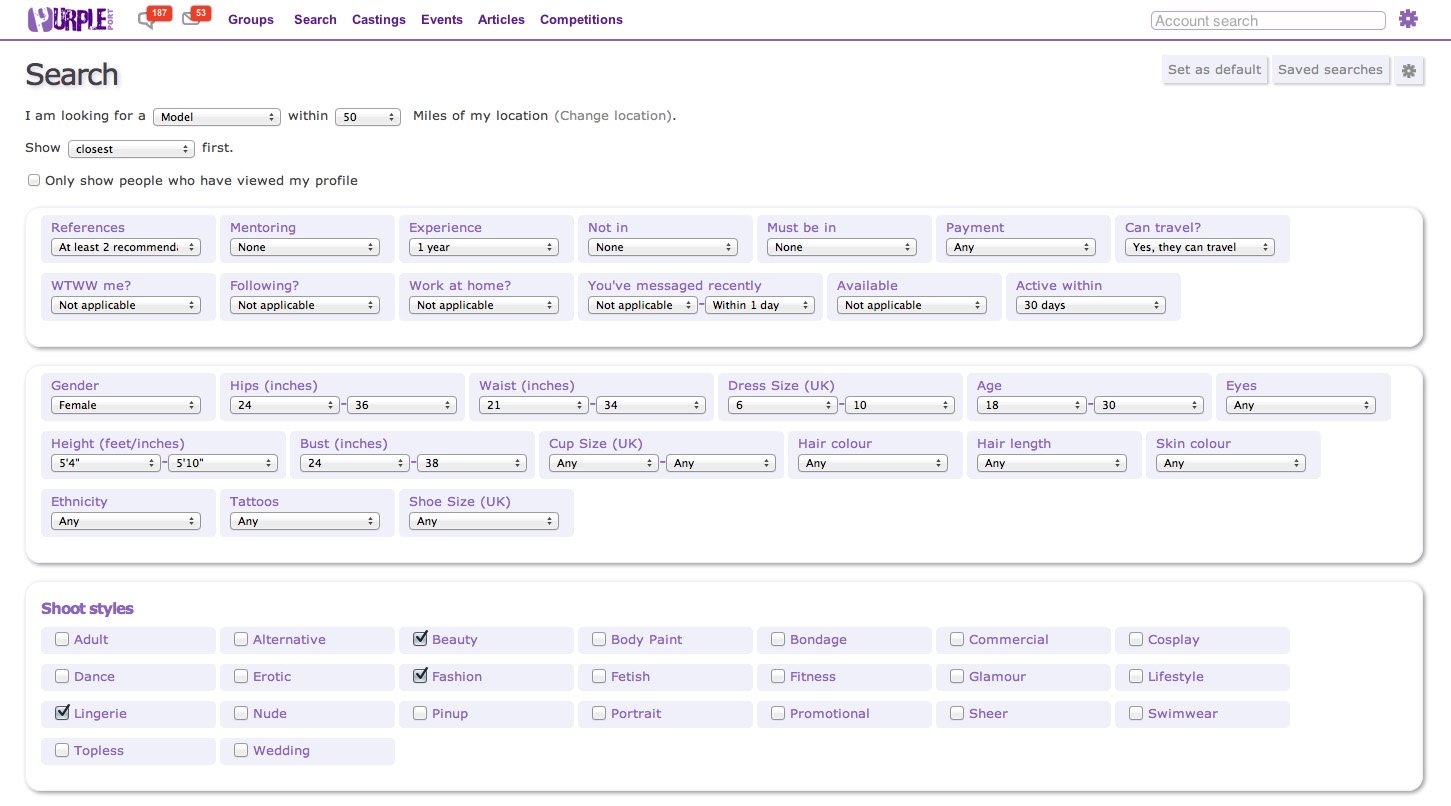
It’s this demographic of models that is huge, and rightly so, because it’s a simple case of supply and demand. There are more photographers than ever before that are starting out in photography and they often don’t want or need to deal with big modeling agencies for a creative project they want to try at the weekend.
This is where the independently represented model can step in and provide an alternative.
Useful Links
For a deeper look at both agency models and independent models here are a few links to get you started:
A brief list of the top London modeling agencies:
A few creative networking sites to find an independent model near you:
Closing Thoughts
The modeling pyramid I’ve just described is my interpretation of the modeling industry as it relates to us as photographers. I’m sure there are many smaller groups within these but the core modeling demographic falls between models either being agency represented or independent models representing themselves.
I also want to stipulate once again that just because a model and their role is situated higher up this pyramid it does not necessarily mean that they are actually “better.”
Remember; there is no “better model”, there is simply the right model for the right job.
In a follow up article, I will be discussing which model is best for you as a photographer. Should you be working with agency models to get ahead? Just because agency models are expensive, does it mean they’re better? Does your portfolio need to contain images of only agency represented models? These are just some of the questions I hear all the time, and I’d like to address some of these in my next article and discuss some of our industries biggest myths and perceptions surrounding models.
As always, if you have any questions or anything to add to this then I’d love to hear your thoughts.
About the author: Jake Hicks is an editorial and fashion photographer based in Reading, UK. He specializes in keeping the skill in the camera and not just on the screen. You can find more of his work and writing on his website, Facebook, 500px, Instagram, Twitter, and Flickr. This article was also published here.